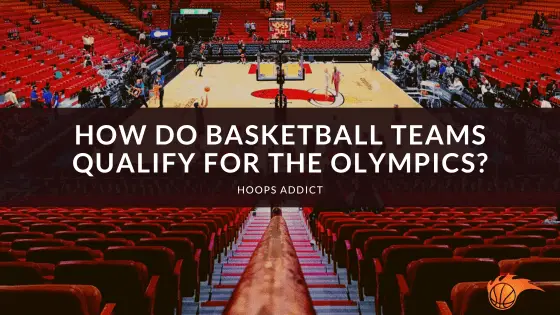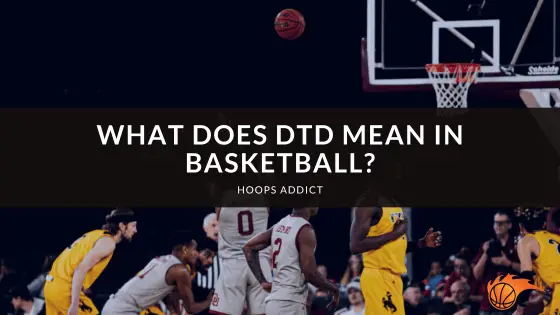It’s fun watching NBA players fly in the air and do their stuff. But the excitement is snuffed when the referee calls an up and down infraction and awards the ball to the other team.
With so many basketball rules to follow, players tend to forget some of them and commit violations. One such rule is the up and down infraction or traveling. A player jumps in the air with their hands on the ball and lands with it.
This material gives you info about the up and down violation and how to deal with it.
 What Counts as an Up and Down?
What Counts as an Up and Down?
Rules made by the NBA committee make basketball more exciting; players need to follow or otherwise face a violation or an infraction. A violation results in ball possession to the other team that can spell the difference between winning or losing a game.
Players tend to forget some of these with so many rules, interpretations, and variations to stick to. One such regulation is the up and down rule or traveling under the NBA’s Rule No. 10.
An infraction of this nature results in a loss of ball possession, and the opposing team throws in from the sideline, nearest the spot where the violation was committed.
In actual play, a player commits an up and down violation when he jumps with the ball without releasing it and lands on the floor with the ball in his hands.
Misconceptions About Up and Down
If a shooter releases the ball and hits nothing, it is called an airball. The shooter cannot fight to retrieve the ball; if he gains possession, it is an airball violation. Some consider it an up and down violation, but it is not.
In streetball or pick-up basketball games, teams can gain possession of an airball with some argument, but it is illegal in the NBA.
Some basketball players think an up and down violation is committed when a defensive player blocks an offensive player and both players land on the floor with their hands on the ball. The play is a blocked shot; the referee will call it a held ball and ask the players involved for a jump ball.
 Other Terms for Up and Down
Other Terms for Up and Down
Up and down is also called a traveling violation or a walk. In some instances, it is not a violation but to give athletes an advantage in their game.
Drill
Coaches give the up and down drill as a punishment for erring players. The player is tasked to run up and down the court, touching the opposite endlines; the number of runs depends on the fault’s severity and the coach’s discretion.
Pump Fake
Some players use pump fakes to elude their guard. They’ll mimic their shooting posture, and once the defense is caught off balance, they either drive straight to the basket, dish out to a free teammate or make a jump shot.
Intelligent players do a lot of ups and downs by rising on their toes and pretending to attempt a shot. It is legal for a player to dribble the ball after a pump fake as long he did not dribble it yet.
Kyrie Irving is a master in this move; his pivot foot is planted while the other foot is busy changing directions. And when the defensive player bites his fake, you won’t know what he’ll do next.
Hop Step
It’s nice to watch NBA players do beautiful hop steps to elude their defenders. Hop steps take two steps to execute before coming to a stop; an extra step is an infraction. Players need excellent body control to contain their momentum and avoid a traveling call or bump to a defender for a charging foul.
European basketeers have their version of the hop step called the “Euro step.” Lithuanian Šarūnas Marčiulionis introduced the Euro step while playing for the Golden State Warriors in 1989. Manu Ginobili from the San Antonio Spurs made the move famous during the 2003 NBA finals when his team won the championship.
The Euro step is an offensive move where the player starts his dribble beyond the arc, takes a step in one direction, and quickly shifts to another path on the second step for a shot, a pass, or a dunk.
You’ll be amazed how LeBron James, Giannis Antetokounmpo, Ja Morant, or Nikola Jokic make those gazelle-like moves as they work their way towards the basket for a monster slam. It does not matter if it’s a hop step or a Euro step; it looks terrific. These guys rarely commit an up and down violation because they load up their shot on the first step, fly on the second step, and stuff the ball to the hoop or dish out to an open teammate.
 Why Does Basketball Up and Down Violation Occur?
Why Does Basketball Up and Down Violation Occur?
You might have high basketball smarts, but this does not mean you won’t commit an up and down infraction in a game for various reasons.
Lack of Focus
Always keep your mind on the game. There’ll be lots of distractions and unexpected plays, but when your mind is focused, your skills will come into play to adequately react to whatever happens on the floor. When you’re out of focus, you’ll forget that you jumped with the ball and landed with it.
Poor Offense
Even if the coach has laid out a winning game plan, this goes for naught if players don’t execute the play correctly. The strategy was for players to make multiple cuts in and out of the basket for open looks, but teammates remained stationary with no one receiving the ball.
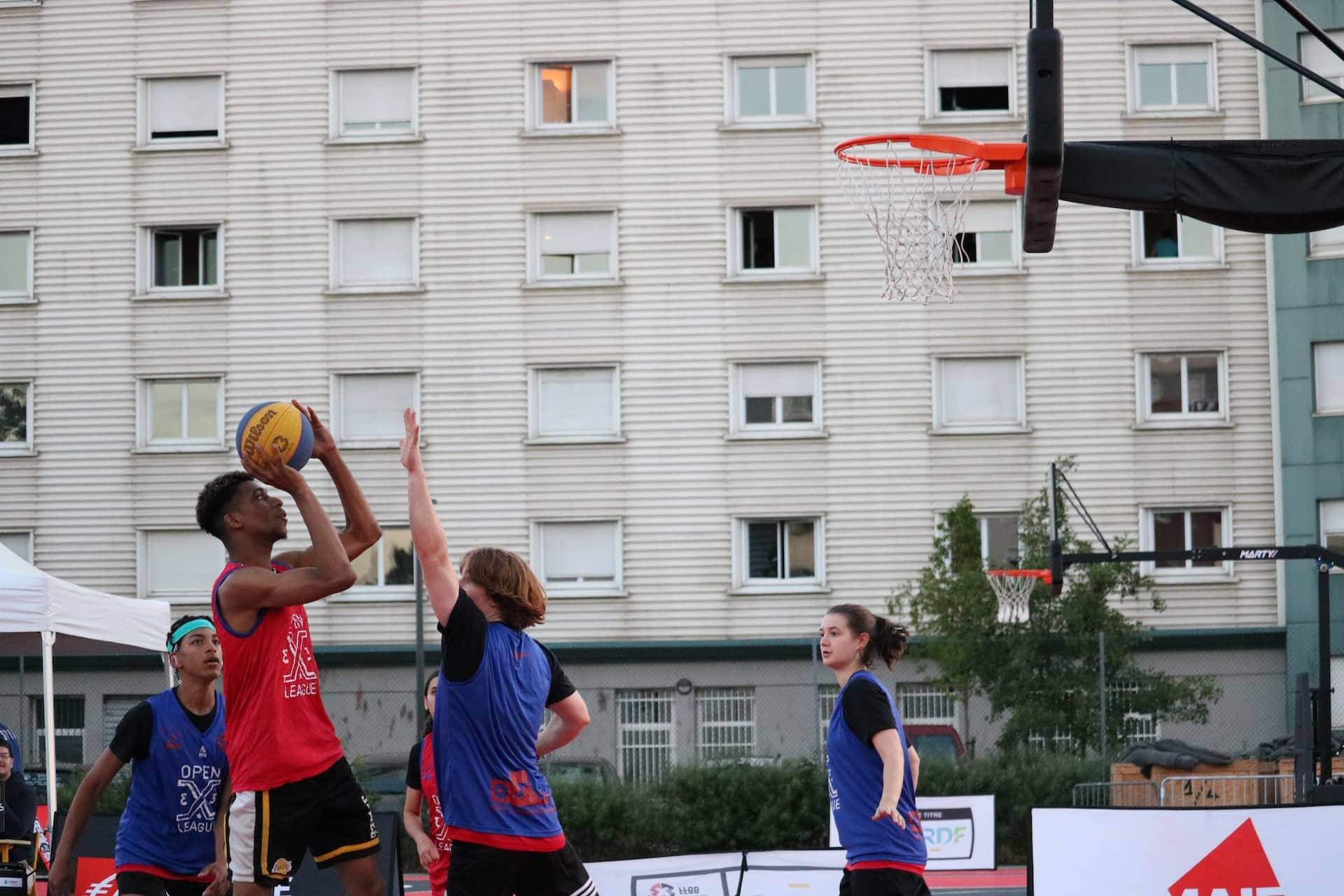
A poor strategy results in bad execution of plays in offense and defense, resulting in turnovers in favor of the opposing team.
In the 2021-22 NBA championship, the series’ turning point was in Game 4, where the Celtics could have gained a 3-1 advantage over the Warriors. The Celtics hit 15 3-pointers and responded well to the Warriors’ repeated rallies.
The Celtics were in control, leading 94-90 with 5:48 remaining in the fourth, then suffered a scoring slump the rest of the way. Whenever the Celtics were leading by five or six points, they were caught by the Warriors players watching, standing, and looking around. The Warriors went on a 10-0 binge and never looked back for a 107-97 W and the championship in six games.
That’s the beauty of the championship; the team who wants it more gets to be the top dog.
Exhaustion
The mind is willing, but the body cannot execute proper plays. An exhausted player often commits mistakes that he dislikes and can also get injured.
That’s why the teams in the NBA practice “Load Management.” Load management is a fancy word for rest popularized by the San Antonio Spurs. It gives players nights off and limited playing time from the 82-game sked of the NBA to reduce the strain on the body. Fans come to see their favorite players like LeBron James and Kawhi Leonard wearing jerseys playing on the floor. And fans become angry when they see them in street clothes and sitting on the bench.
Fun Fact
When Kawhi Leonard was with the Clippers, coach Doc Rivers said Leonard was fine despite load management; Rivers was slapped with a $50,000 fine by the league for his remark.
The NBA fines the Clippers $50,000 after Doc Rivers says Kawhi was “healthy” last night. (Translation: the league stuck its neck out with a fanbase frustrated with ‘load management’ because officials believed Kawhi has a legit health issue…then watched Doc say Kawhi is fine.) pic.twitter.com/42jQfceBjv
— Rachel Nichols (@Rachel__Nichols) November 7, 2019
 Is Up and Down a Violation with a Penalty?
Is Up and Down a Violation with a Penalty?
An up and down is a traveling infraction and violates the rules; the player gets penalized. When a player jumps in the air without letting go of the ball and lands on the floor with it, he is guilty of an up and down or a traveling infraction.
It would not be a violation if the player released the ball from a jump or faked a shot with feet planted on the floor.
The referee awards the ball to the opponent as a penalty for a traveling violation. The opponent will throw the ball from the sideline nearest the spot where the play was interrupted.
 How to Avoid Up and Down in Basketball?
How to Avoid Up and Down in Basketball?
A player jumping in the air after two steps should have decided whether to shoot or pass the ball. Any hesitation will result in an errant move that might result in a violation.
These tips will keep you from up and down violations when playing basketball.
Focus on the Game
An up and down infraction usually comes from unfocused players. Their minds wander or overthink how to react to certain situations.
On his second step, the player jumps and is undecided on whether to shoot the ball or dish out. Mistakes happen when strong defenders intimidate offensive players and make them alter their play, putting them in an awkward position.
Smart players keep their focus and know what to do with the ball in tight situations. They’ll even use the challenge as an opportunity to showcase their basketball savvy with an ankle-breaking spin or a razzle-dazzle play.
When Ja Morant moves to the basket, you don’t know what he’ll do. Morant will start his dribble outside the free throw lane, confuse his guard on his approach by dribbling in one direction and shifting to the other, and takes off, switching the ball from right to left for a fantastic shot or a remarkable pass.
Practice Difficult Jump Shots
Constant practice makes perfect jump shots. Complex moves like the fadeaway, and step back are excellent offensive plays that can keep your guard off balance.
Practice these moves during team scrimmages. Making complex moves against strong defenders shows you can take your play into a real game without fear of making a mistake.
James Harden is a master of the step back and fade away move known in the basketball circle as the “Harden step back.” He dribbles left and right, jump stops inside the three-point arc, and takes two steps back for a trey.
Improve Ball Handling Skills
Ball handling skills are the key to your success as a basketball player. Excellent ball control will allow you to move faster when dribbling, make a pass while up in the air, or pull up for a difficult hump shot. Committing infractions can be avoided like the up and down.
Wrapping Things Up: What is Up and Down in Basketball?
According to basketball rules, the up and down motion is a basketball violation that is also called traveling. A player who jumps must release the ball; landing with the ball in his hands results in a violation.
The infraction is penalized by awarding the ball to the other team, the ball is thrown in on the sideline near the mark where the play was stopped.
But it can be avoided, with focus and continuous practice to improve your game.
We hope you enjoyed this post! If you did, be sure to check out our other basketball FAQ articles here.

 What Counts as an Up and Down?
What Counts as an Up and Down?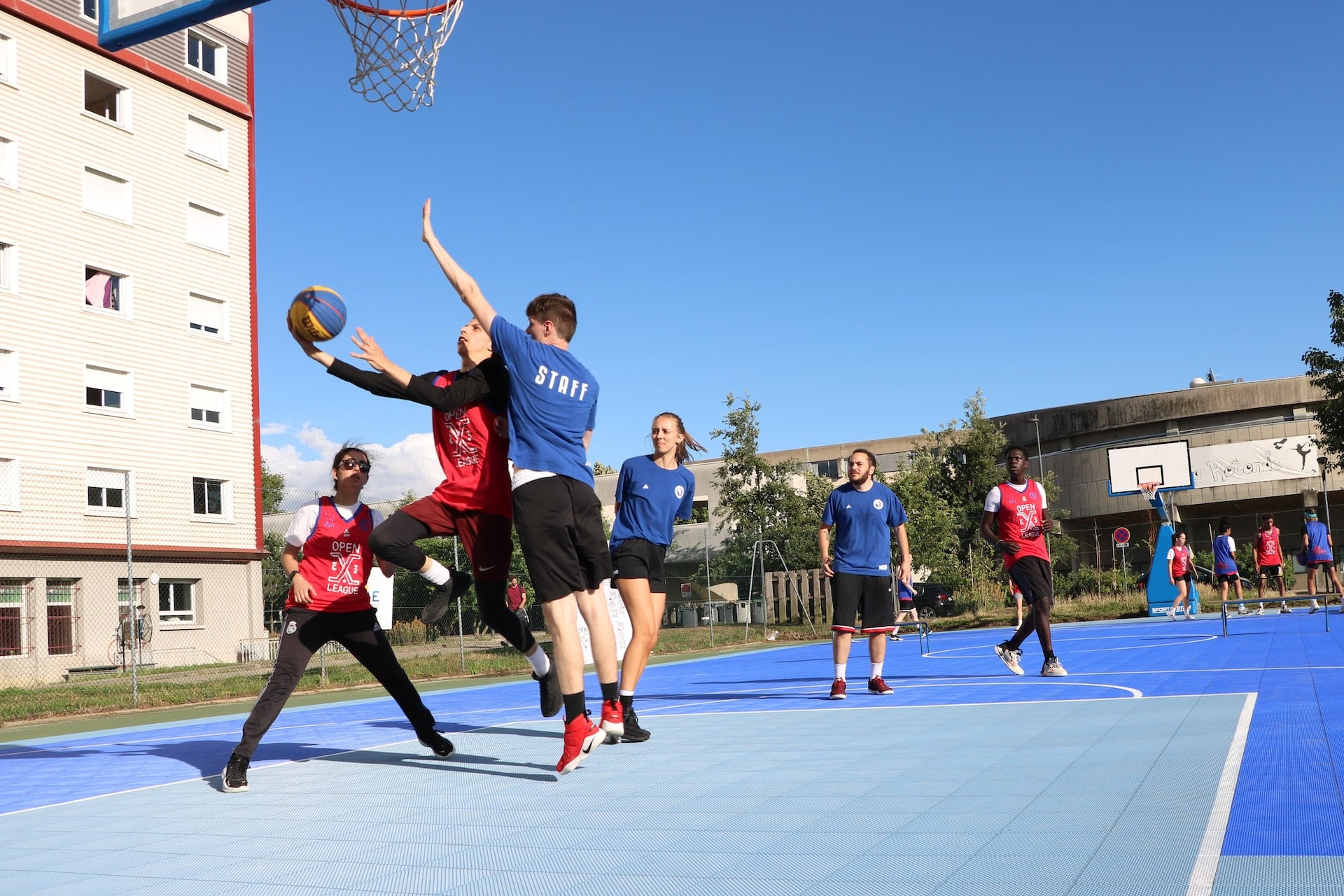
 Other Terms for Up and Down
Other Terms for Up and Down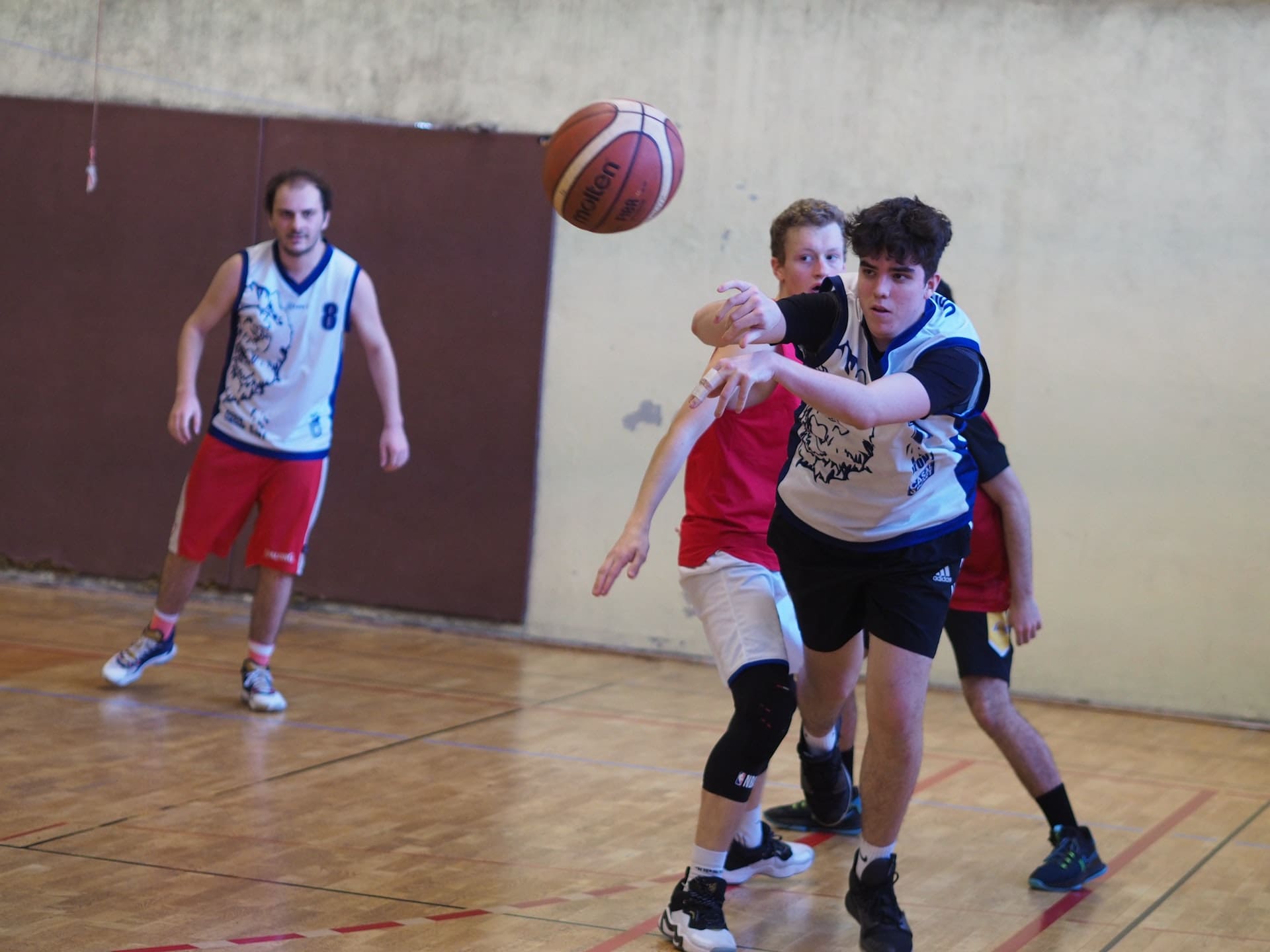
 Why Does Basketball Up and Down Violation Occur?
Why Does Basketball Up and Down Violation Occur? Is Up and Down a Violation with a Penalty?
Is Up and Down a Violation with a Penalty? How to Avoid Up and Down in Basketball?
How to Avoid Up and Down in Basketball?
